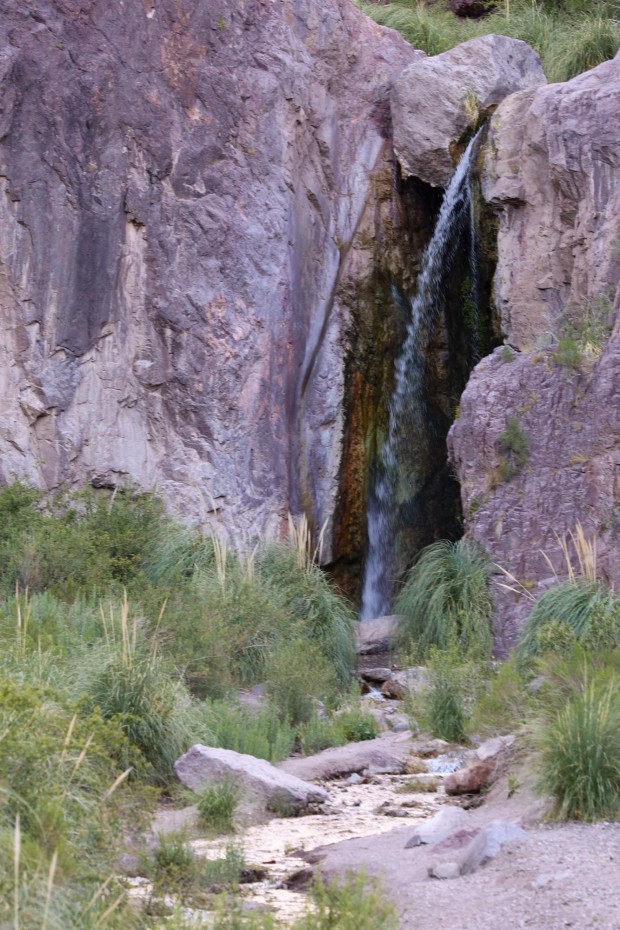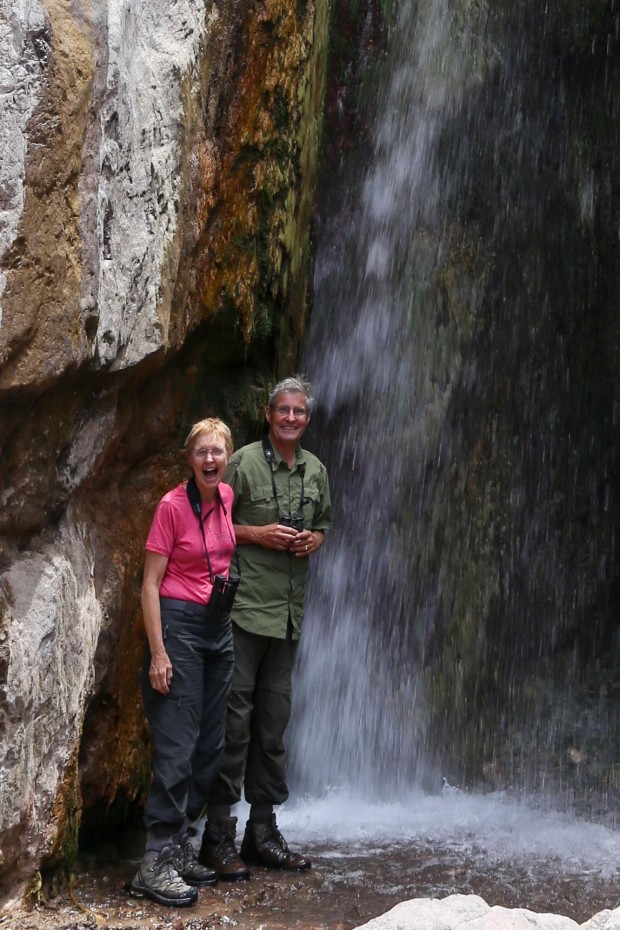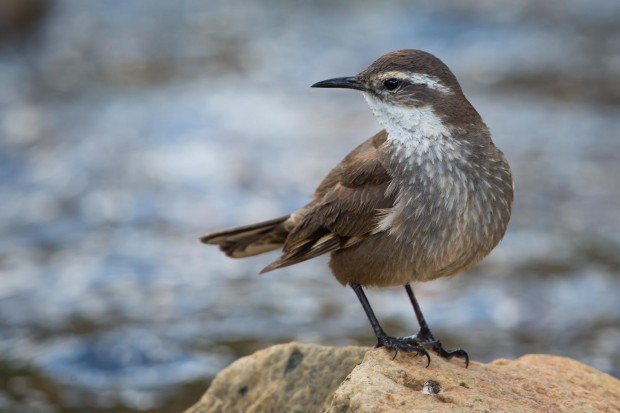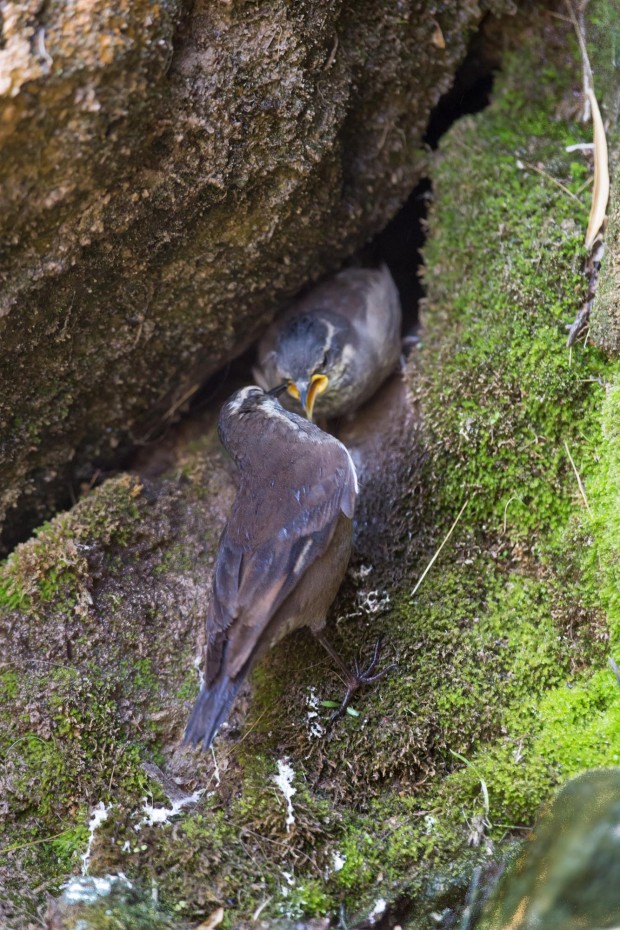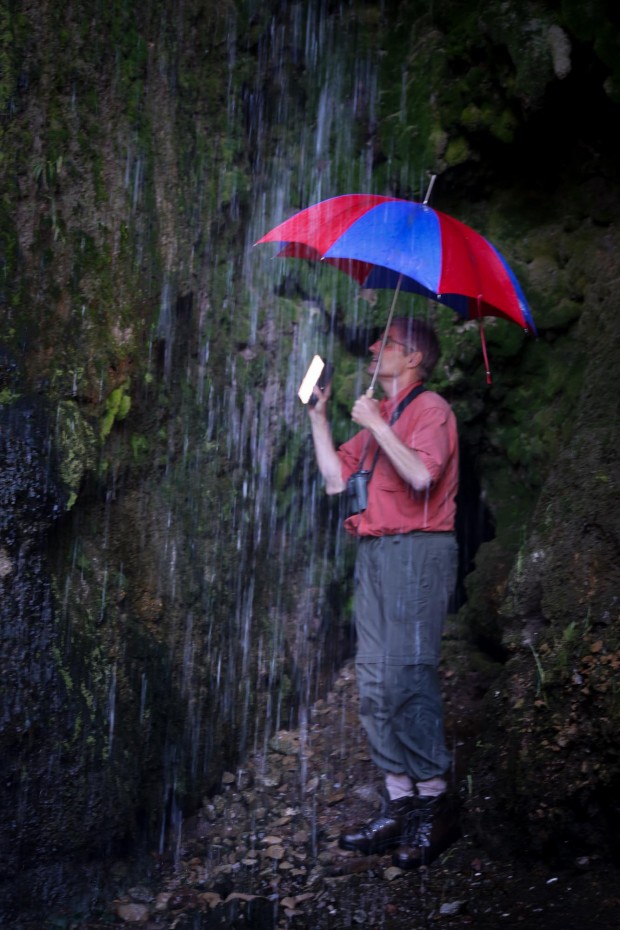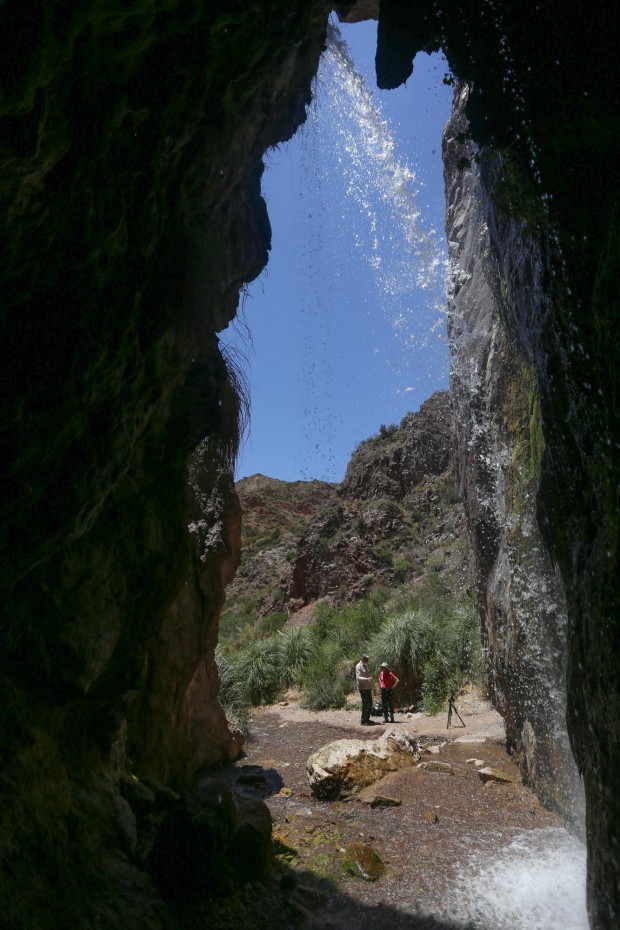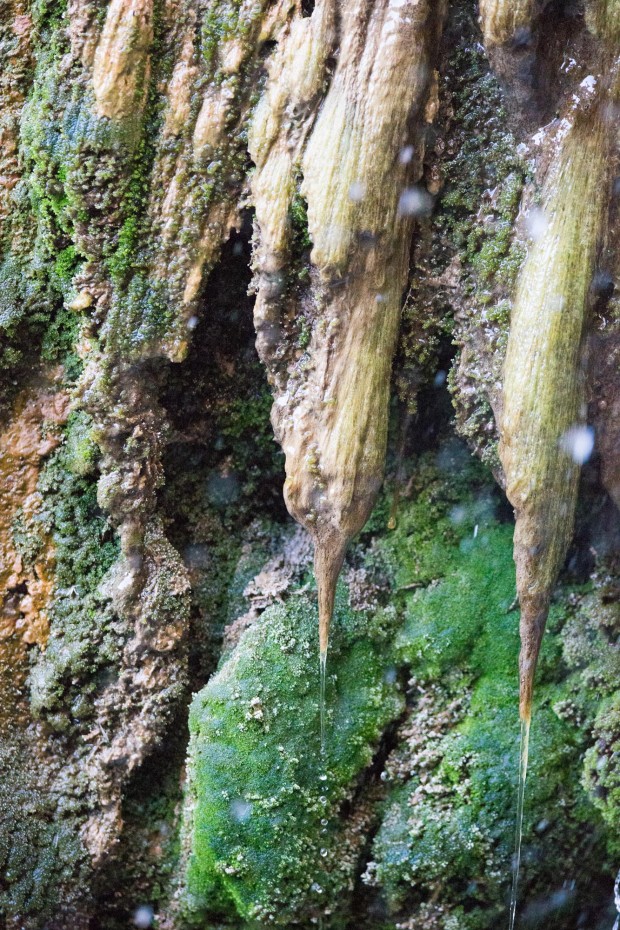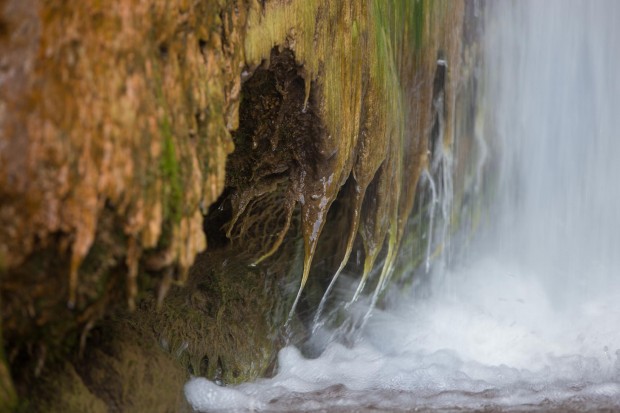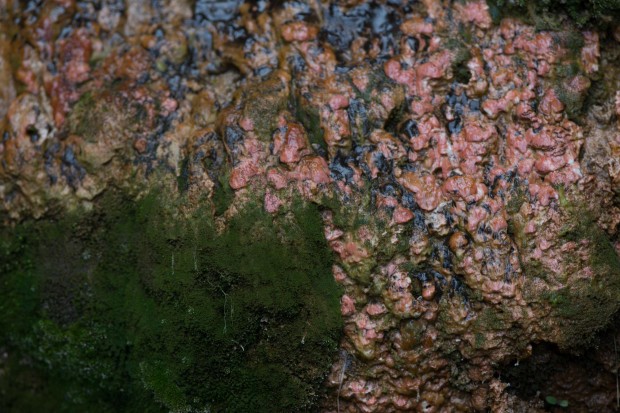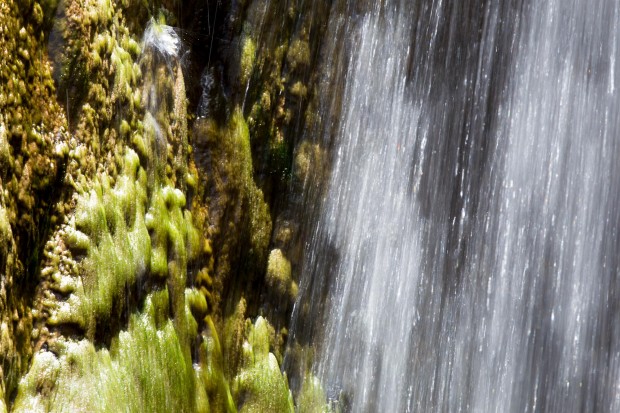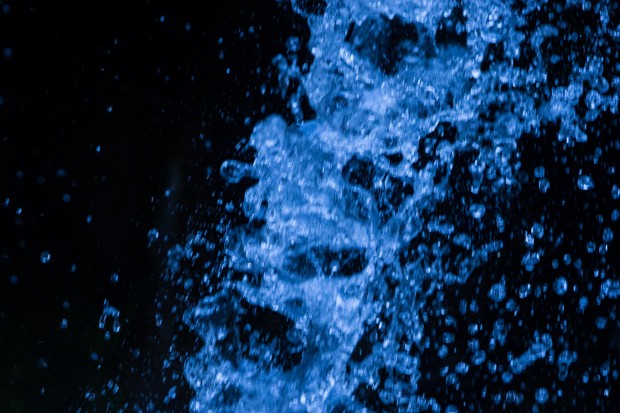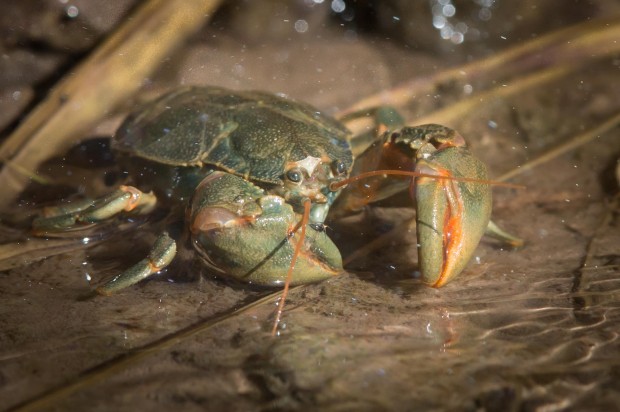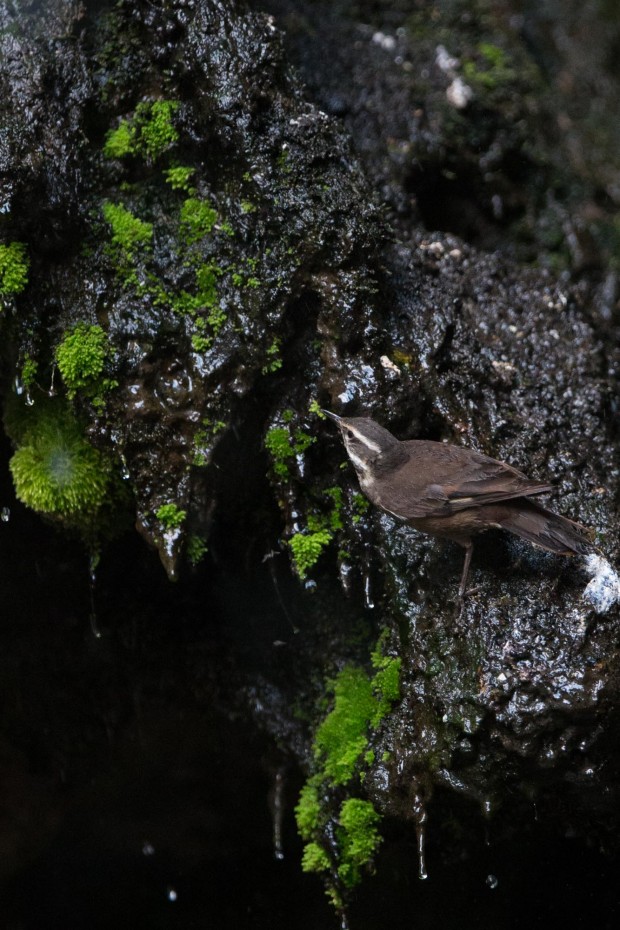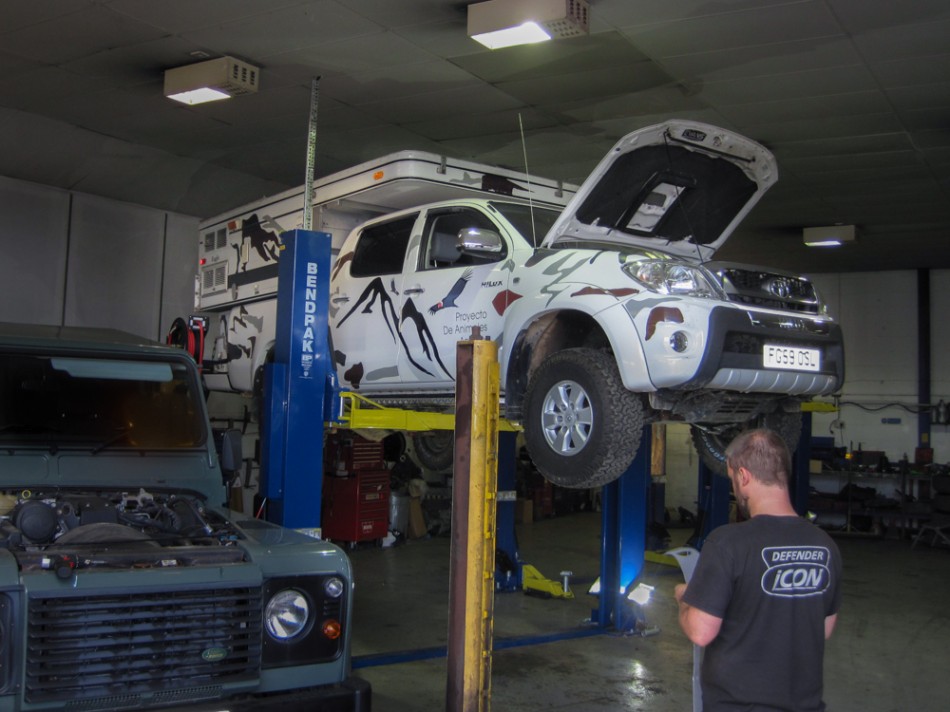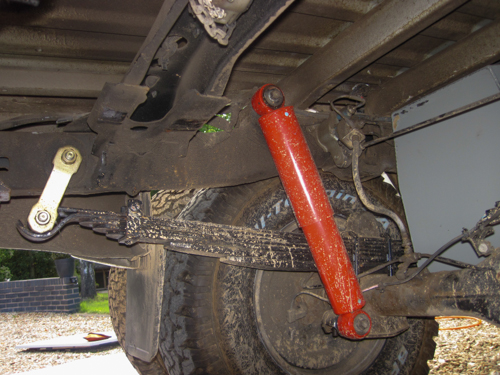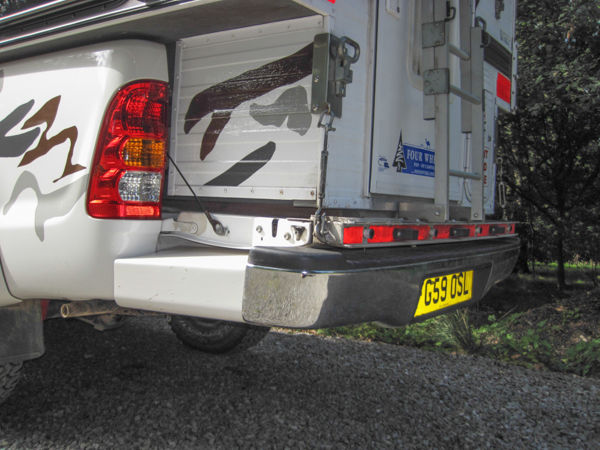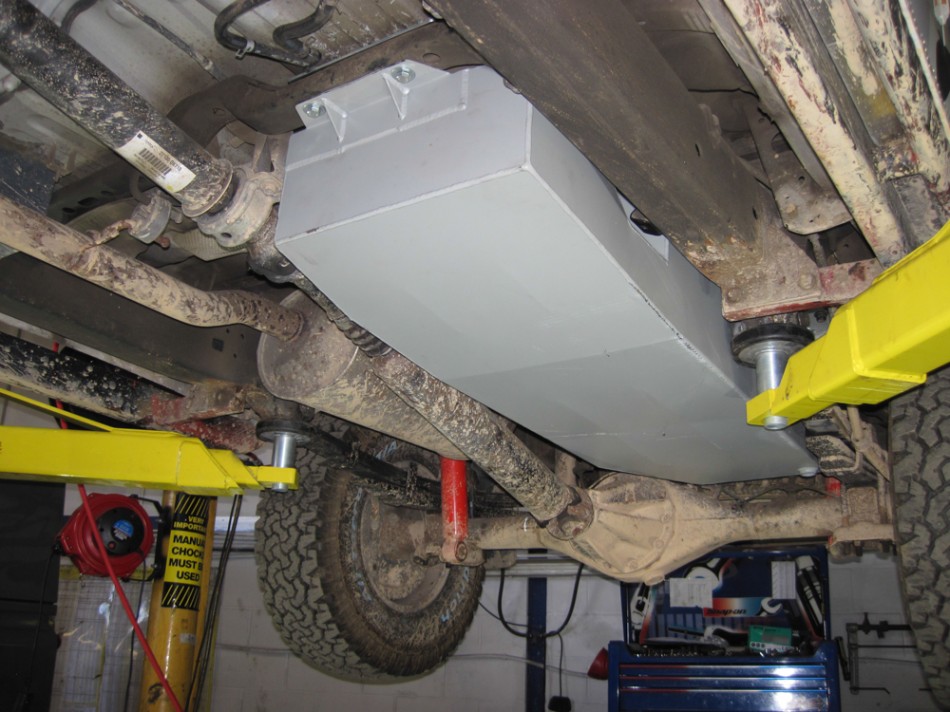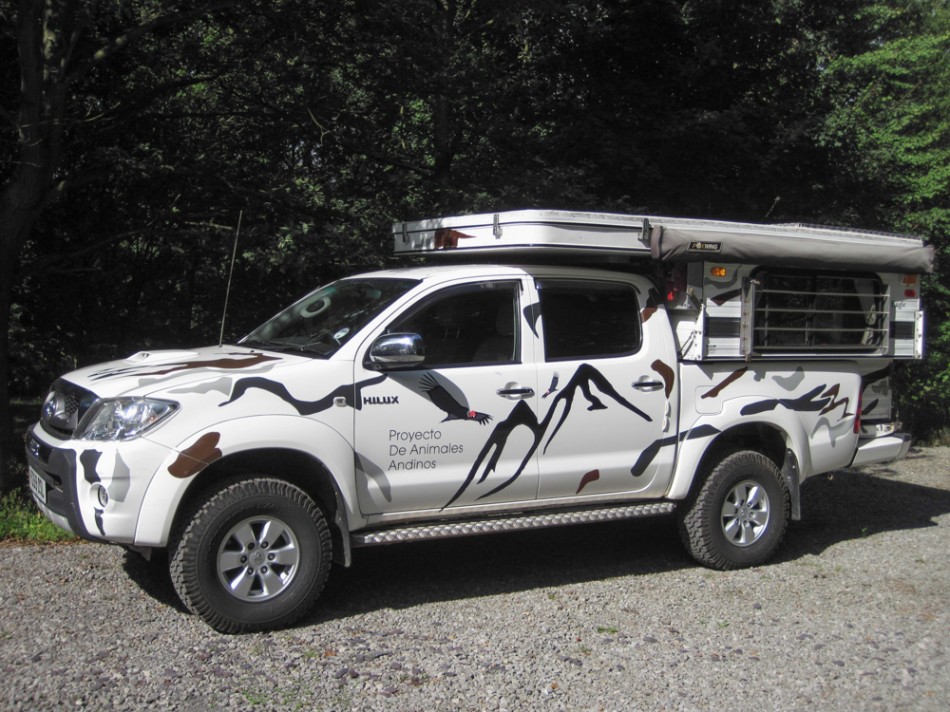We had spent a couple of hours walking up an arid valley, following a tiny stream in the hope it would lead us to a waterfall. It was the dry season so we didn’t know if the waterfall even existed and if it did, would we see any of the rare White-collared Swifts which had been seen some years before.
Eventually we rounded a curve in the valley and there before us stood the waterfall.
There was nothing pretentious about this waterfall, it was neither imposing or magnificent, but it fitted into its surroundings as naturally as a nut fits into its shell. At the top of a small cliff, lay a huge boulder around which the water flowed and then down over a red sandstone drop , cascading about sixty feet to a clear pool beneath, but behind the tumbling water there appeared a deep, dark cleft in the cliff.
We were overjoyed to re-discover this watery gem.
Hot and tired we stood beneath, unable to hear one another for the force of the spray hitting the rocks by our feet.
Thank you Swarovski for waterproof binoculars !
The most noticeable bird was not a Swift at all but a stout little passerine, a Grey-flanked Cinclodes.
The Cinclodes called and then a second bird appeared from around the side of the Canyon, then the first flew round the cascade and disappeared, whilst the other alighted on a nearby boulder, almost directly under the cascading water. It called again and out from under the boulder appeared a fledgling, which was duly fed by its parent.
Not to be outdone by a mere bird, I likewise darted under the cascade – only I had both an umbrella and a light !
Once behind the silvery tumult I found myself in a dark dank chasm. Behind me the cave stretched twenty or so metres and disappeared into a narrow tunnel, where I had no intention of going. On top of me, water either trickled or poured, depending where I stood.
Light streaked in from the outside, creating mesmeric rainbows.
The cave walls were wondrously covered in a kaleidoscope of emeralds and browns where mosses, slimes and fungus flourished.
As I turned round and looked up in the hope of seeing a Swift more colourful patterns emerged, this was a beautiful place to be.
The ground inside the cave was littered with the carcasses of freshwater crabs. Maybe a small mammal was catching the crabs and bringing them in the cave to eat them and maybe that animal was lurking in the tunnel at the back of the cave. Whatever was taking the crabs had clearly found a safe and secure place.
Looking down again I saw a live one in the water at my feet.
So we had found the waterfall.
Looking at the waterfall from a distance the cave behind it seemed nothing, just a black ‘smudge’ across a red rock face. But penetrating that ‘smudge’ was entering a mysterious place with its unique beauty, a watery world of colour and patterns.
Standing inside and looking upwards the cave split into multitudinous crevices where black voids were separated by mossy envelopes dripping with water, Swifts could easily hide in such places.
A Cinclodes flew through the spray and started to probe about in the moss looking for food, it found a long worm and then flew away with it.
Once I thought I could see a swift in a hidden crevice, but I wasn’t sure.
The sun outside was high in the sky, if there were any swifts they would no doubt be away in the clouds catching insects.
Had we hiked along the thorny and arid hillside for nothing, definitely not ! we had seen a fantastic cave, a beautiful Cinclodes and a strange freshwater crab. But no swifts.
We settled down to wait till sunset, if there were any Swifts that’s when they might return.
See our next blog for news of the swifts.

